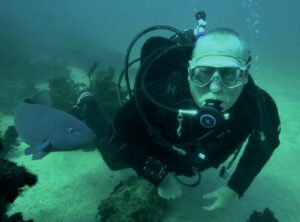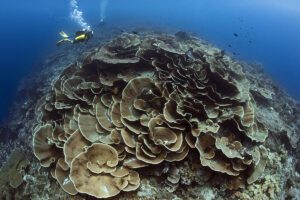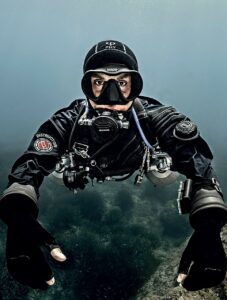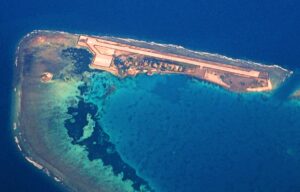5 Top Tips for Underwater Photography Beginners
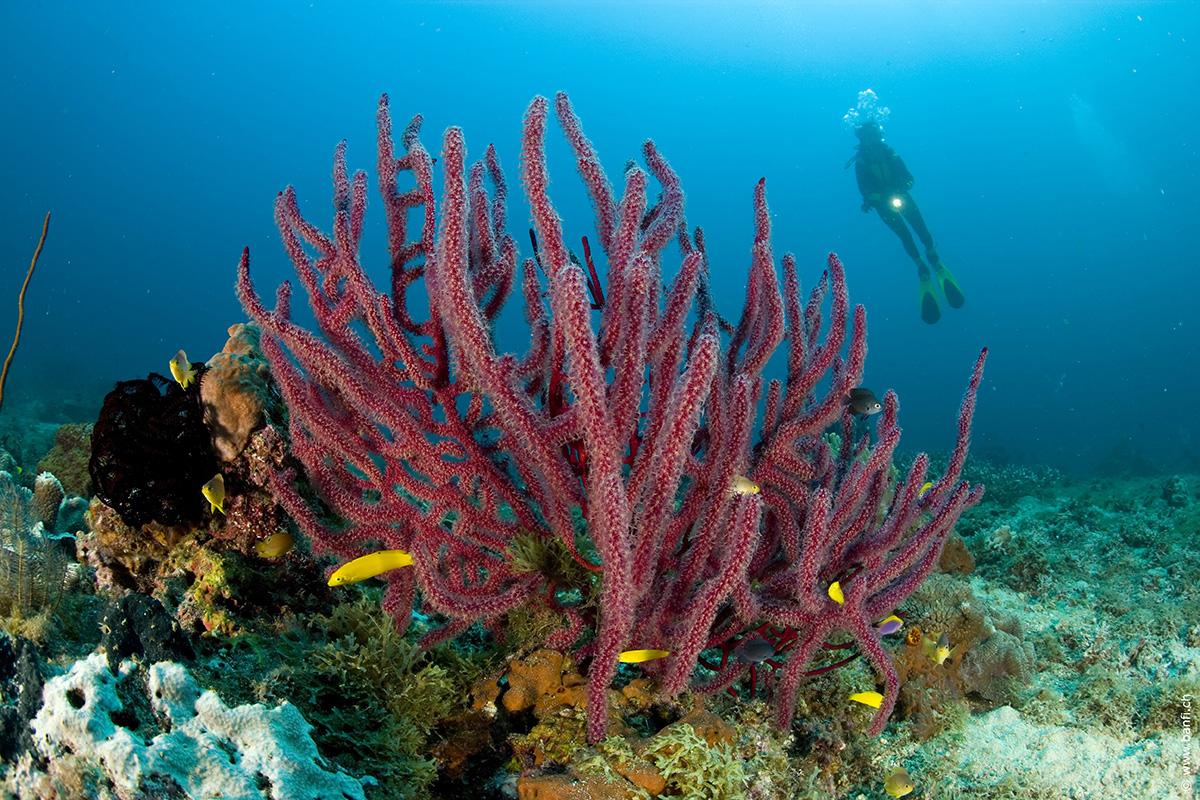
Gangga Divers have some great tips and advice on how to improve your photography if you are a beginner.
Many divers want to capture the incredible underwater life they see and be able to look at it above water as well. Becoming an underwater photographer is the perfect way to do this. If you’re thinking of becoming underwater photographer, here are our top 5 tips to get you on your way. Do check 5 Tips for Open Water Divers
Dive First – Photography Second
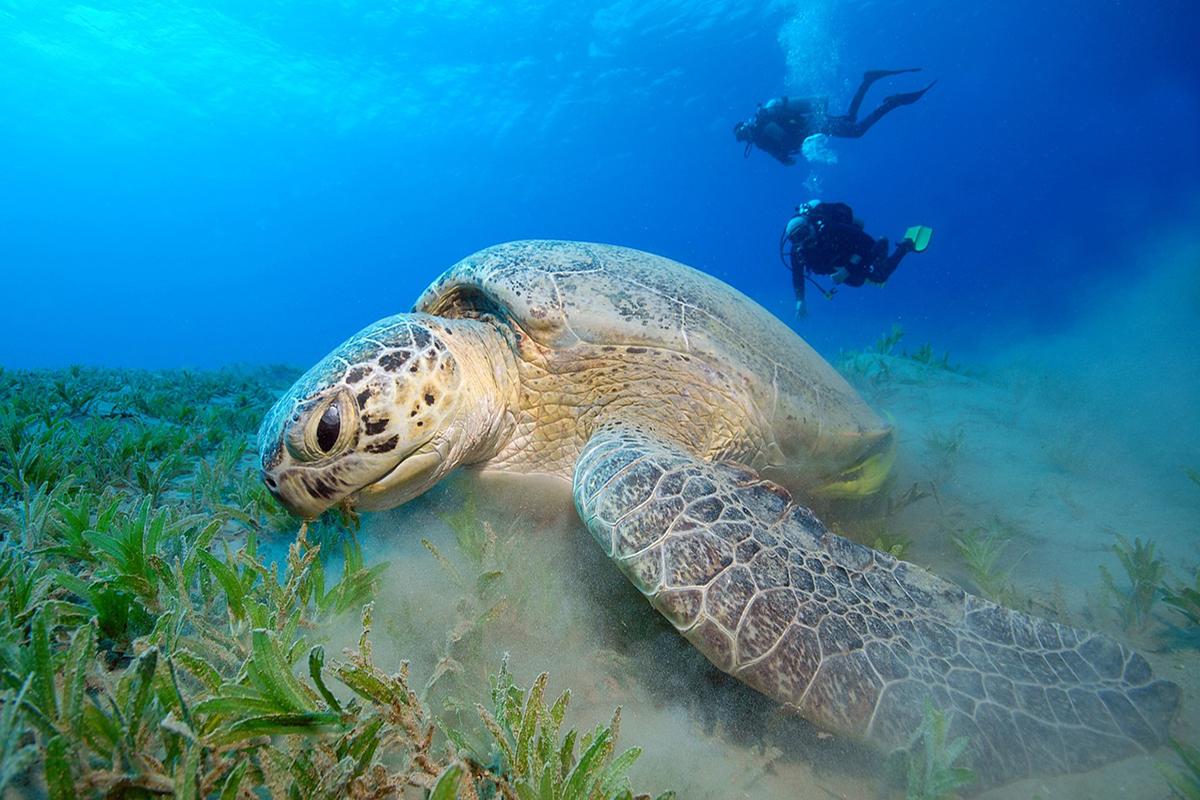
One of the biggest mistakes we see with divers wanting to take amazing photos is that they jump in too fast. It’s impossible to take great photos unless you have the dive skills to keep yourself steady and control your body in the water. This can take time and you may need help from your Gangga Divers instructors and guides.
You might be dying to capture all the sights you are seeing on your dives but give yourself time. There will be endless opportunities to photograph beautiful marine life once you are confident and ready to take your camera with you.
Capturing Photos from Below

Look at the incredible photographs that have inspired you to become an underwater photographer. You will probably find that the majority of them are taken from a low position. Don’t get us wrong, shooting from above can work, but you will probably find the contrast and clarity is better from below.
When you photograph a subject from below you will generally be able to frame it with uninterrupted ocean. When you shoot from above the seabeds or reefs become a distraction from your subject.
Just note that getting low is another reason to go back to number 1 on this list. You never want to damage reef or scare marine life by not managing your buoyancy correctly. Make sure you are completely in control and can hover above the reef or seabed before you start taking photographs.
Ready for Your Close Up Photograph
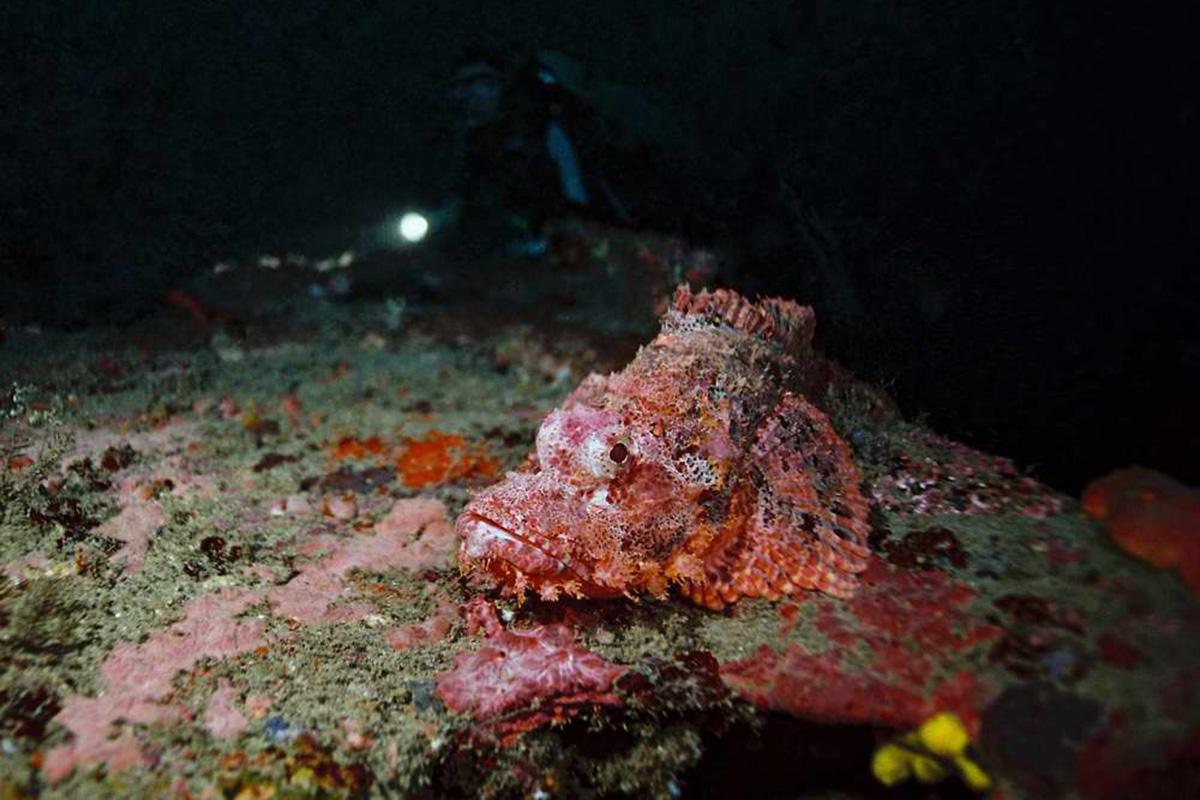
Actually, you don’t need to be close up ready, but your subjects will. When you photograph marine life you want to be as close as possible without disturbing the animal. This way you will be shooting through less water and can get a more focused shot. Colours will also be more vibrant and textures more visible.
The golden rule for an underwater photographer is to take your time and let your subject get used to you being around. This goes for creatures big and small. The slower and more gently you move through the water, the easier it will be to capture the natural movements and behavior of your subject.
Shoot, Shoot, Shoot
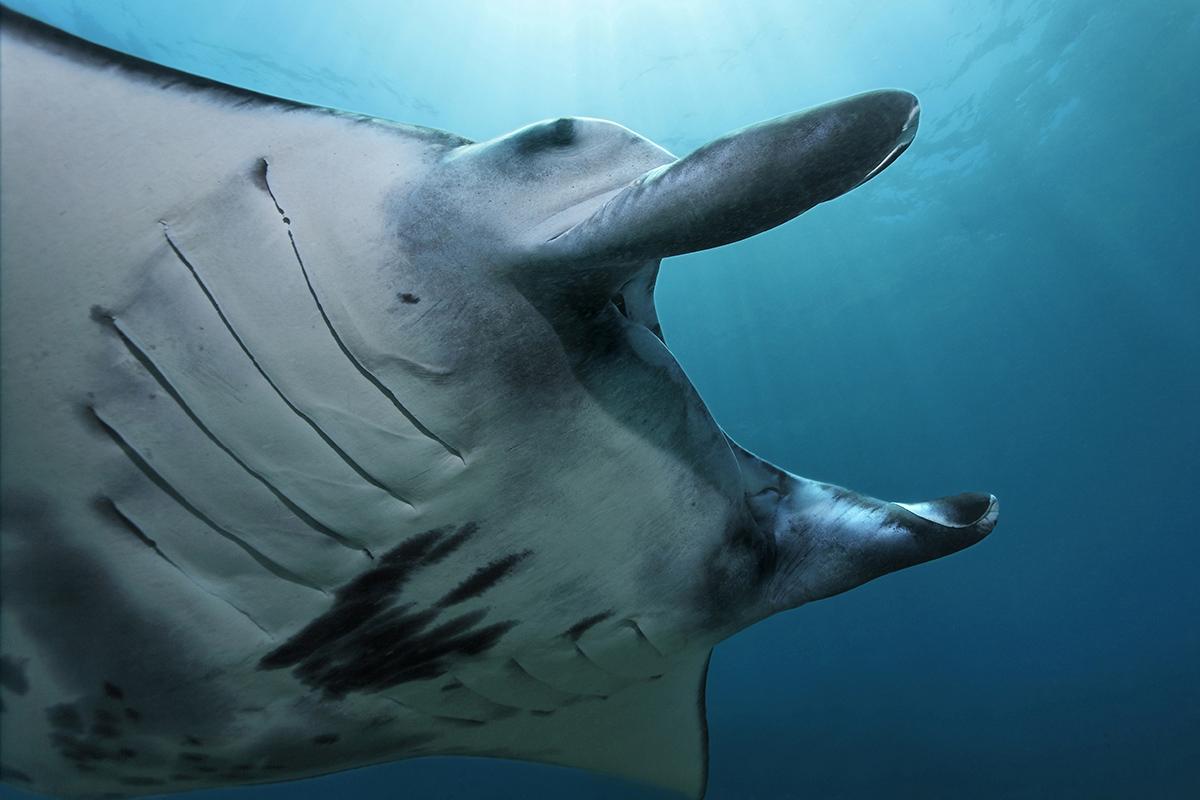
You would never see a fashion photographer take one photo and expect it to be perfect. The same applies for every kind of photographer. Shoot, shoot, and shoot some more to ensure you have the shot you want.
You can always delete, but you can’t get more shots once you are above the water again.
Master Underwater Lighting
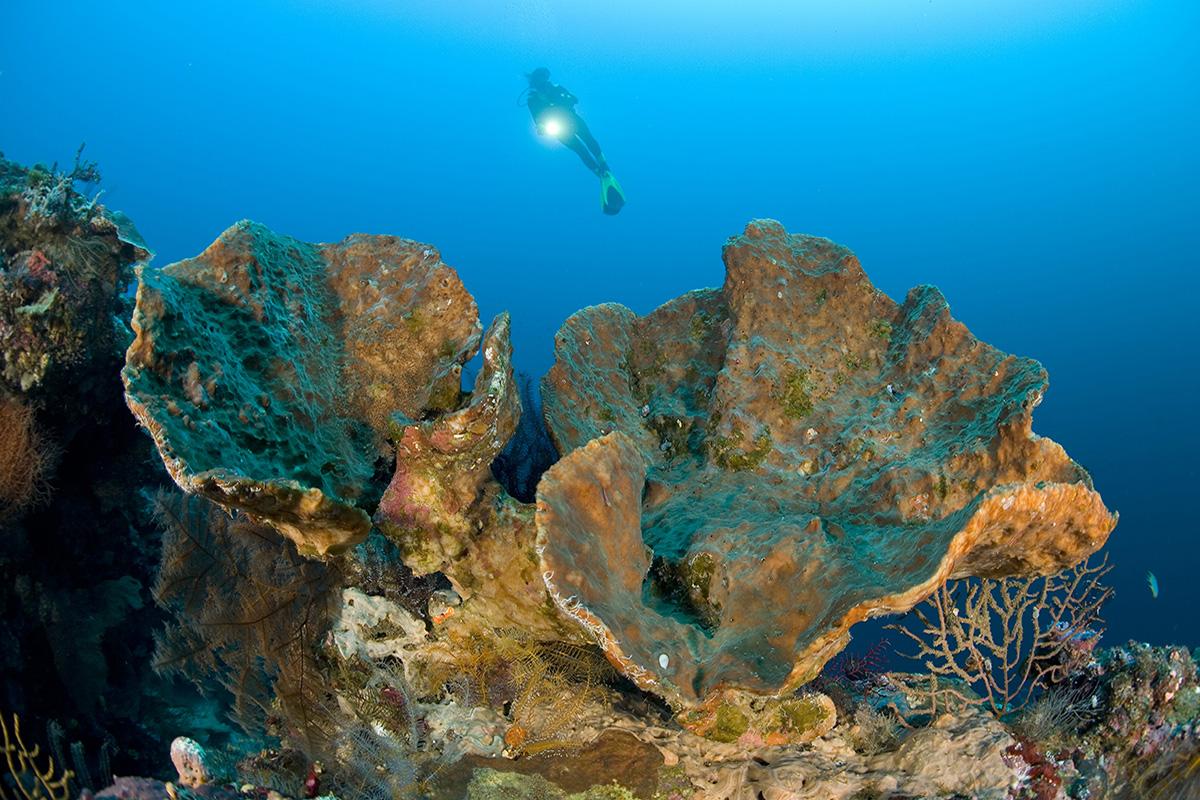
The lighting underwater is very different to the lighting above water. It will take practice to understand the lighting so don’t get discouraged if you don’t get it right at first.
You will need to learn to use your internal flash or strobe correctly and also use the ambient light. This is the key to capturing those brightly contrasting colours you see in the best underwater photographs.
Photo Credit: Gangga Divers



